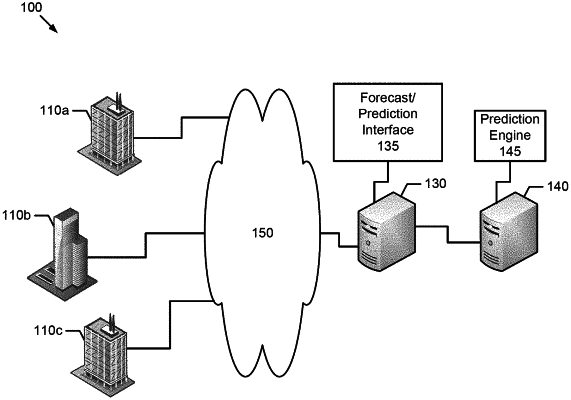| CPC G16H 40/20 (2018.01) [G06N 20/00 (2019.01); G06Q 10/10 (2013.01); G06Q 40/08 (2013.01); G06Q 40/12 (2013.12); G16H 50/70 (2018.01); G16H 70/20 (2018.01)] | 13 Claims |

|
1. A method, comprising:
receiving information associated with a stimulus, the stimulus comprising a filing of a medical claim with a payor, the information associated with the stimulus comprising first information associated with a medical claim for services provided to a patient and second information associated with a provider that provided the services to the patient;
generating, using a machine learning engine, an artificial intelligence engine; and
predicting, using the artificial intelligence engine, when an event will occur in response to the stimulus, the event comprises payment of the medical claim by the payor;
wherein generating the artificial intelligence engine comprises:
receiving training information associated with the stimulus, the training information associated with the stimulus comprising first training information associated with a plurality of medical claims for services provided to a plurality of patients, respectively, the first training information comprising payment information associated with the plurality of medical claims, and second training information associated with a plurality of providers that provided the services to the plurality of patients;
detecting patterns in the training information associated with the stimulus;
training the machine learning engine based on the detected patterns detected in the training information associated with the stimulus; and
generating the artificial intelligence engine based on the machine learning engine that has been trained.
|